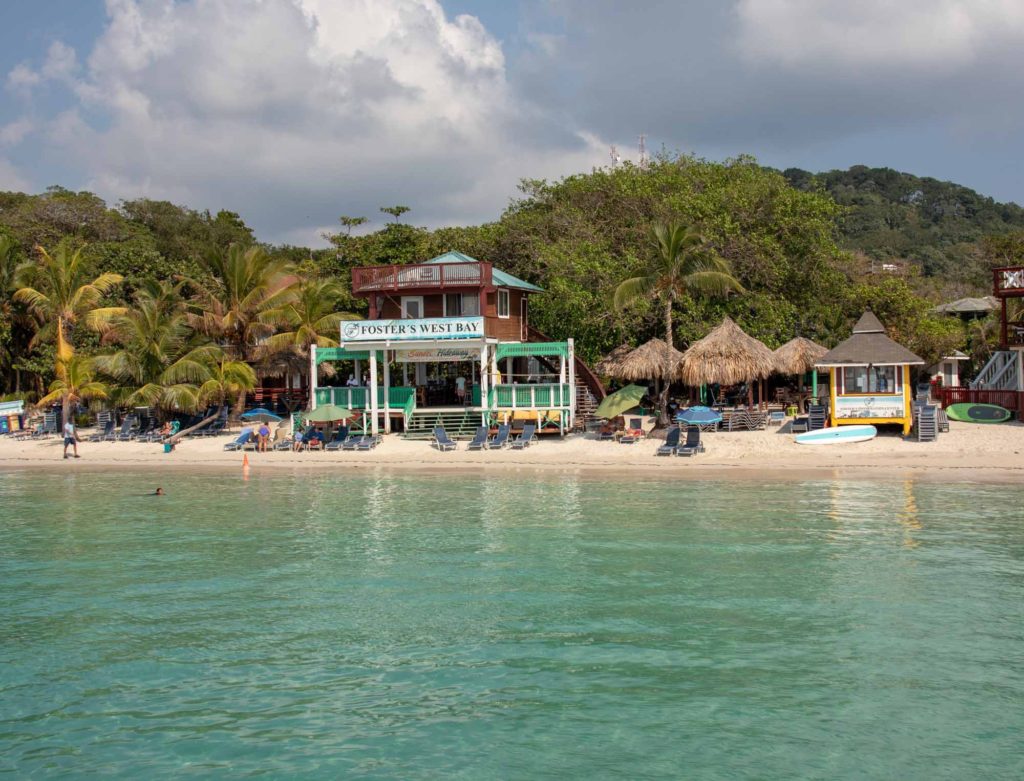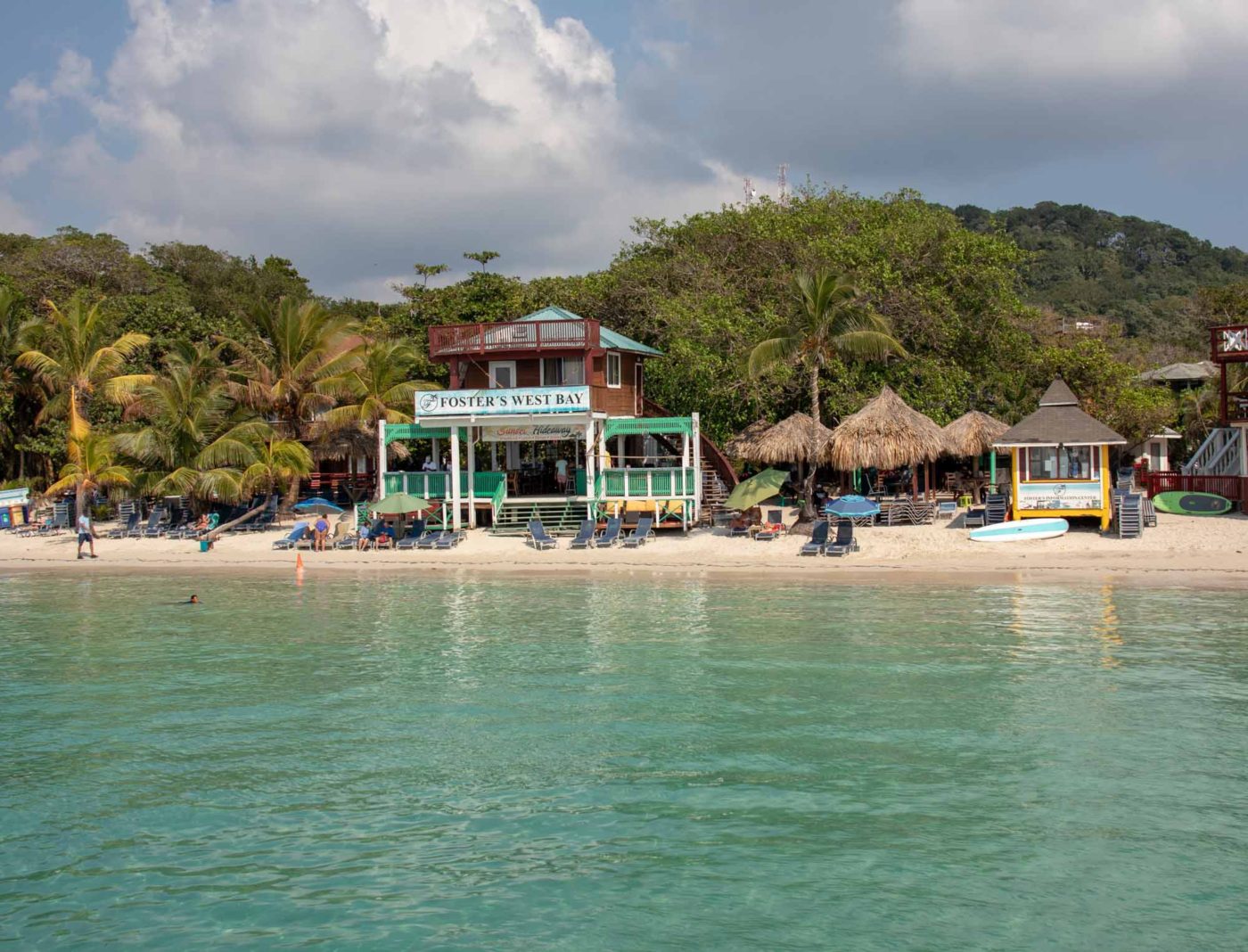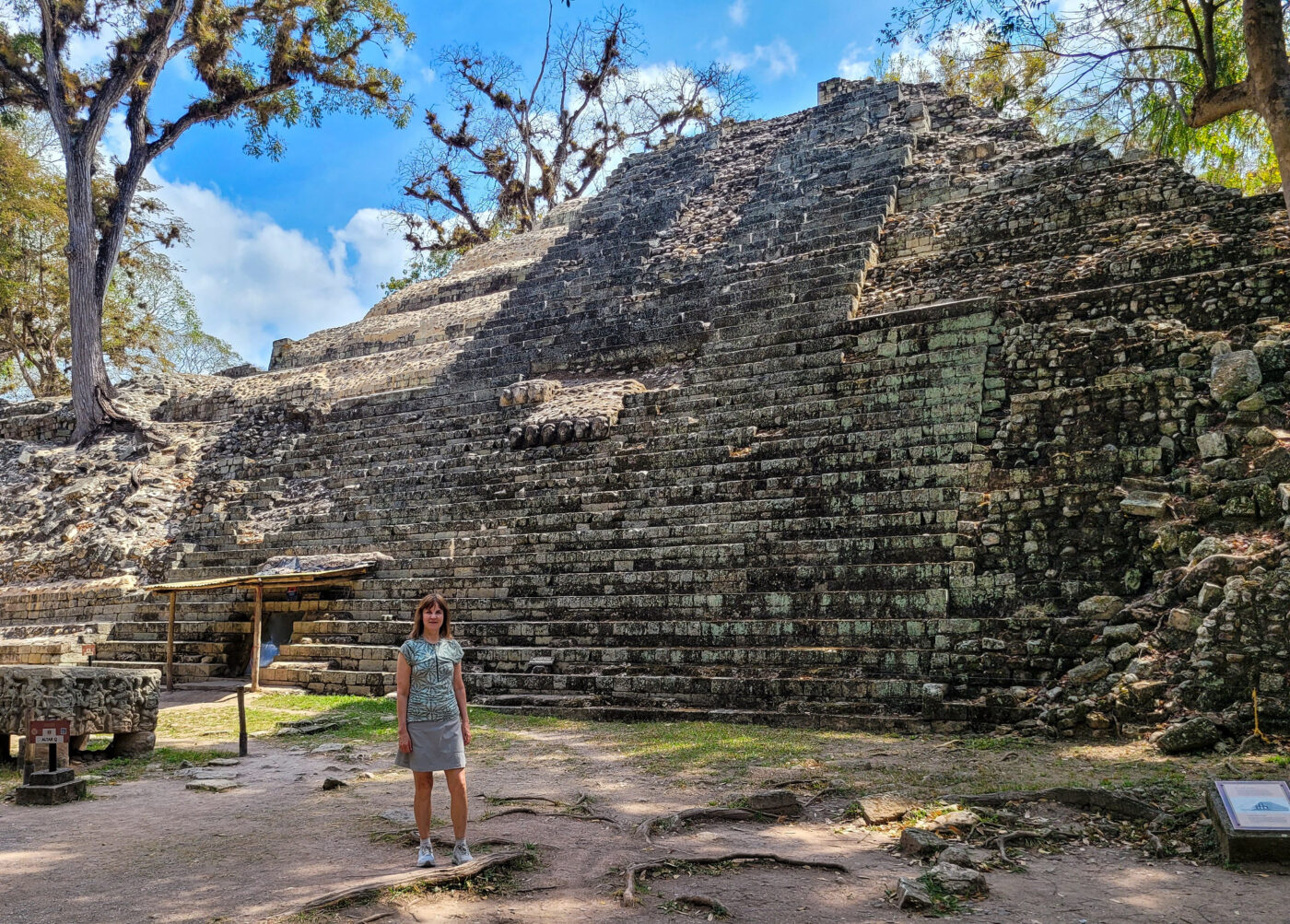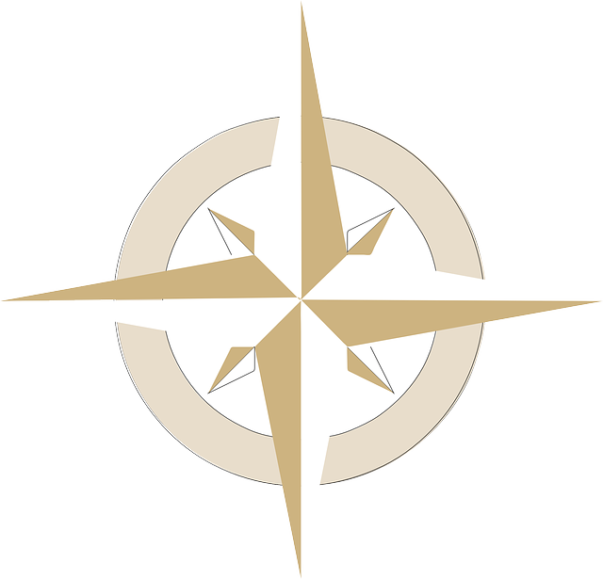
About Republic of Honduras
My travels took me to the Copan Valley and Roatan Island, so below are these Honduras Travel Guides. Honduras is a biodiversity hotspot, located in Central America bordered by the Caribbean Sea, Pacific Ocean and the countries Guatemala, El Salvador and Nicaragua. It has been an independent republic since 1838. The country is divided into 18 departments with the capital city being Tegucigalpa. The national currency is the Honduran Lempura.
The geography is mainly mountains with jungles and lowland plains along the coasts. The climate is tropical along the coasts and temperate in the mountains. In La Mosquitia, the Rio Platano Biosphere Reserve is a UNESCO World Heritage Site. It divides Honduras from Nicaragua. La Tigra National Park’s cloud forest near the national capital is one of the most beautiful places in Honduras. Pico Bonito National Park is one of the most popular hiking areas in Honduras on the northern coast of La Ceiba. The Bay Islands lie off the coast of Honduras in the Caribbean Sea. Collectively, these islands, including the popular Roatan, form one of the departments of Honduras.
Copan Valley is most known for its Mayan Ruins archeological site. (Honduras Travel Guides)
It became excavated in the 19th century and declared a UNESCO World Heritage Site in 1980. Copan is most well-known for its exquisite Mayan stone carvings in the stelae and altars. Copan’s unique sculptural style possibly expressed symbols about the city rulers. Overall, there are about 80 stelae at Copan. The site’s portrait stelae series stand along the processional paths in the main plaza and palaces. One of the reasons for the well-preserved sculptures is because this area has the perfect raw materials, a volcanic tuff. Copan was a vast kingdom ruling the southern Maya culture for almost 2,000 years.
The Scarlet Macaw is much more than just the national bird of Honduras. It is highly revered in Honduran culture and even embodies the colors of the Honduran flag. The scarlet macaw is a large part of the traditional myth and lore in Honduras. Also, the national bird represents longevity, living up to 100 years in captivity. The main threats to the Scarlet Macaw include the pet trade, deforestation and agricultural expansion.
Honduras Travel Guides
Copan and Roatan
Caribbean Roatan Island Beaches & Jungles: A Honduras Paradise
Roatan beaches and parks immerse travelers into nature’s diversity, with jungles and crystal clear beaches. Roatan lies 65 miles of Honduras as the largest of Bay Islands in the western Caribbean. This…
Incredible Copan Ruinas, Honduras Tour at Mayan Ruins, Macaw Mountain and Luna Jaguar Spa
Nestled in the lush jungle of Honduras is one of the most beautiful Mayan ruins in Central America. Known for its unique sculptural style, these ruins are preserved as both history and…



